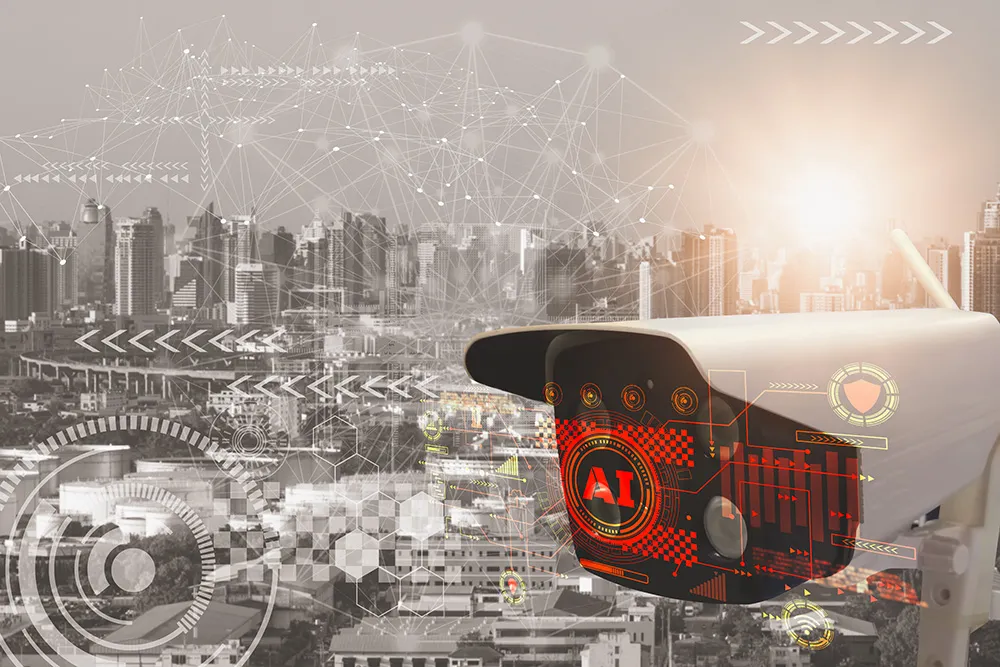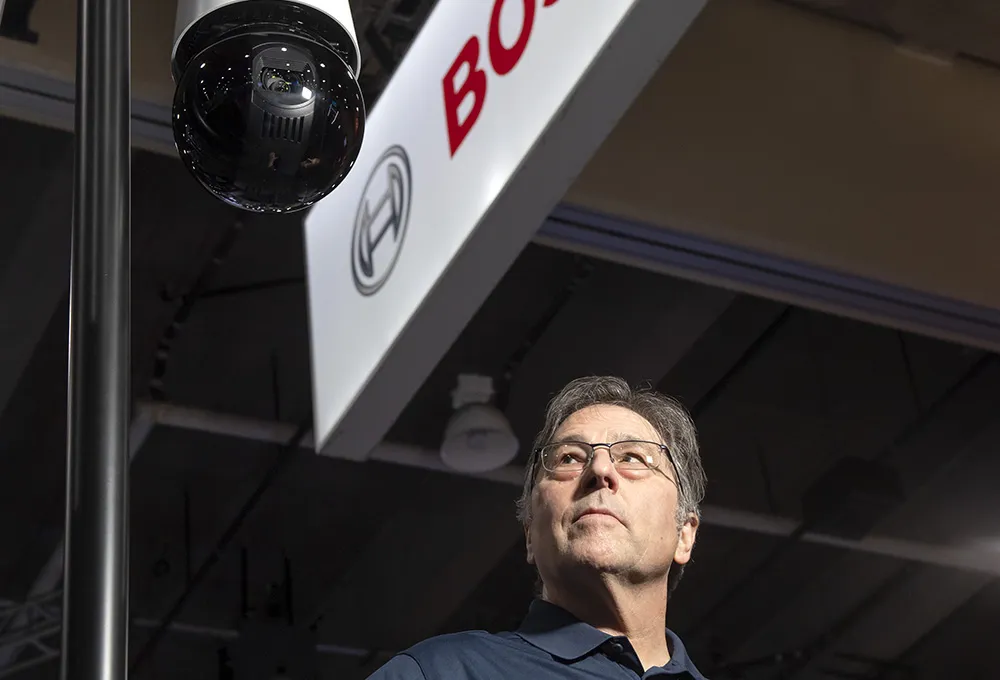In addition to the driver assistance systems already in use on its card, new technology being developed by Ford includes cross-traffic alert with braking technology to help reduce parking stress by detecting people and objects about to pass behind the vehicle, providing a warning to the driver and then automatically braking if the driver does not respond. Rear wide-view camera, on the in-car display, will offer an alternative wide-angle view of the rear of the vehicle. Enhanced active park assist will paral
November 4, 2016
Read time: 3 mins
In addition to the driver assistance systems already in use on its card, new technology being developed by 278 Ford includes cross-traffic alert with braking technology to help reduce parking stress by detecting people and objects about to pass behind the vehicle, providing a warning to the driver and then automatically braking if the driver does not respond. Rear wide-view camera, on the in-car display, will offer an alternative wide-angle view of the rear of the vehicle. Enhanced active park assist will parallel or perpendicular park at the push of a button.
Further technologies developed at the Ford European Research and Innovation Centre in Aachen, Germany, include systems designed to help drivers steer around other vehicles to help avoid high speed collisions, and to warn drivers from travelling the wrong way down motorways.
These new technologies – expected to be first made available on Ford vehicles in the next two years, are part of the company’s commitment to triple its investment in developing driver assist features, to evolve them further and to expand their capabilities, speeding the roll-out of systems that make it easier to park and drive in heavy traffic, and help drivers avoid collisions.
Ford aims to take the stress out of parking with enhanced active park assist, which controls steering, gear selection and forward and reverse motion to facilitate parking at a push of a button. The system can automatically enter and exit a parallel parking space, and can reverse the vehicle into a perpendicular space. Enhanced active park assist also uses sensors to locate suitable parking spaces.
Cross traffic alert with braking uses radar sensors to monitor the area behind the vehicle. If the driver is backing out and does not react to the initial warning, the system is designed to automatically apply the brakes. The system is being designed to detect motorcycles and bicycles.
Rear wide-view camera displays a wide-angle view from the rear of the vehicle on the in-car display, to offer a similar functionality to Ford’s front wide view camera located at the front of the Ford Edge, Galaxy and S-MAX models. When reversing, it provides an additional view that enables drivers to see around corners as well as obstacles and objects approaching from behind the vehicle.
Ford also is developing new technology that could help drivers steer around stopped or slower vehicles to help avoid collisions.
Designed to operate at city and highway speeds, evasive steering assist uses radar and a camera to detect slower moving and stationary vehicles ahead and provides steering support to enable drivers to help avoid a vehicle if a collision is imminent. The system is activated if there is insufficient space to avoid a collision by braking only and the driver decides to take evasive action.
Ford is also developing technology that could help stop wrong-way driving − to warn drivers against entering the motorway from the wrong direction.
Wrong way alert uses a windscreen mounted camera and information from the car’s navigation system to provide drivers with audible and visual warnings when driving through two No Entry signs on a motorway ramp.
Traffic jam assist is a further technology previously announced by Ford, and expected to first arrive for customers within two years. The system assists the driver in keeping the vehicle centred in the lane and brakes and accelerates to keep pace with the vehicle in front
Longer term, Ford is also developing a camera-based advanced front lighting system that widens the headlight beam at junctions and roundabouts after interpreting traffic signs.
Further technologies developed at the Ford European Research and Innovation Centre in Aachen, Germany, include systems designed to help drivers steer around other vehicles to help avoid high speed collisions, and to warn drivers from travelling the wrong way down motorways.
These new technologies – expected to be first made available on Ford vehicles in the next two years, are part of the company’s commitment to triple its investment in developing driver assist features, to evolve them further and to expand their capabilities, speeding the roll-out of systems that make it easier to park and drive in heavy traffic, and help drivers avoid collisions.
Ford aims to take the stress out of parking with enhanced active park assist, which controls steering, gear selection and forward and reverse motion to facilitate parking at a push of a button. The system can automatically enter and exit a parallel parking space, and can reverse the vehicle into a perpendicular space. Enhanced active park assist also uses sensors to locate suitable parking spaces.
Cross traffic alert with braking uses radar sensors to monitor the area behind the vehicle. If the driver is backing out and does not react to the initial warning, the system is designed to automatically apply the brakes. The system is being designed to detect motorcycles and bicycles.
Rear wide-view camera displays a wide-angle view from the rear of the vehicle on the in-car display, to offer a similar functionality to Ford’s front wide view camera located at the front of the Ford Edge, Galaxy and S-MAX models. When reversing, it provides an additional view that enables drivers to see around corners as well as obstacles and objects approaching from behind the vehicle.
Ford also is developing new technology that could help drivers steer around stopped or slower vehicles to help avoid collisions.
Designed to operate at city and highway speeds, evasive steering assist uses radar and a camera to detect slower moving and stationary vehicles ahead and provides steering support to enable drivers to help avoid a vehicle if a collision is imminent. The system is activated if there is insufficient space to avoid a collision by braking only and the driver decides to take evasive action.
Ford is also developing technology that could help stop wrong-way driving − to warn drivers against entering the motorway from the wrong direction.
Wrong way alert uses a windscreen mounted camera and information from the car’s navigation system to provide drivers with audible and visual warnings when driving through two No Entry signs on a motorway ramp.
Traffic jam assist is a further technology previously announced by Ford, and expected to first arrive for customers within two years. The system assists the driver in keeping the vehicle centred in the lane and brakes and accelerates to keep pace with the vehicle in front
Longer term, Ford is also developing a camera-based advanced front lighting system that widens the headlight beam at junctions and roundabouts after interpreting traffic signs.











